SUMMARY
This is AI generated summarization, which may have errors. For context, always refer to the full article.
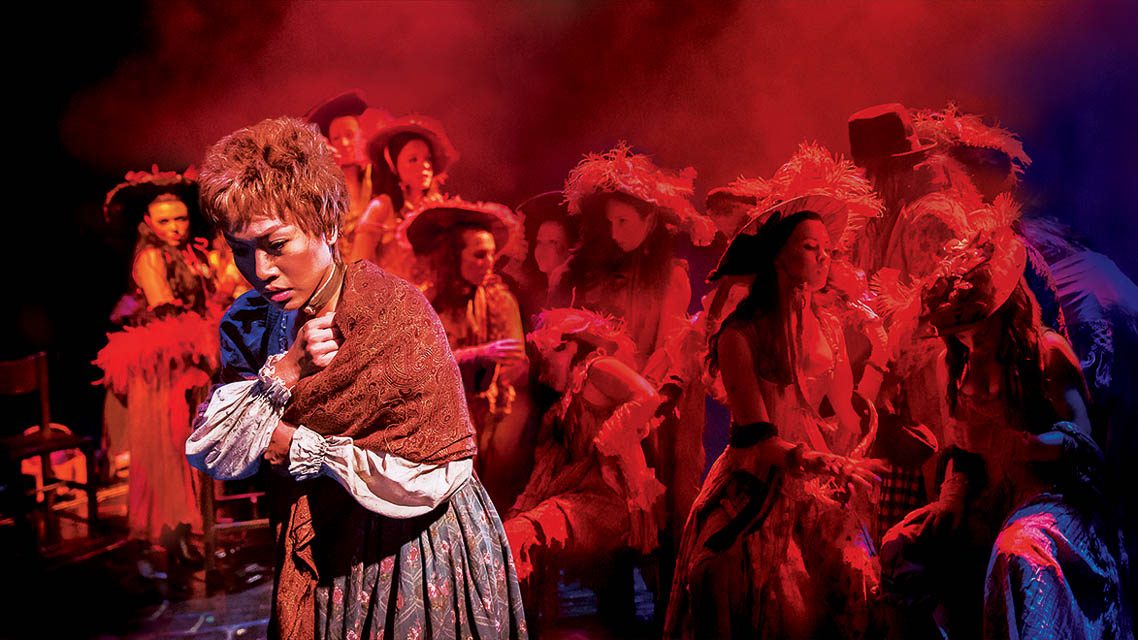
BRISBANE, Australia – (UPDATED) The Australian production of Les Misérables began its tour of the Philippines on March 11, 2016 in Manila.
Producer Cameron Mackintosh has revealed that the show has again extended its run until May 1, 2016.
The show plays at The Theatre of the Solaire Resort and Casino Entertainment City in Parañaque City, with performances from Tuesdays to Sundays at 8 pm, 2:30 pm matinee performances on certain dates. Tickets are still available at ticketworld.com.ph, ranging from P1,750 to P7,000. (Get tickets here)
Les Misérables – the world’s longest running musicale by composer Claude-Michel Schönberg and lyricist Alain Boublil, produced by hitmaker Cameron Mackintosh, and based on the 19th century classic historical novel by Victor Hugo – celebrated its 30th anniversary with an Australian production that has been earning rave reviews for its performances in Melbourne, Perth, Sydney, and Brisbane.
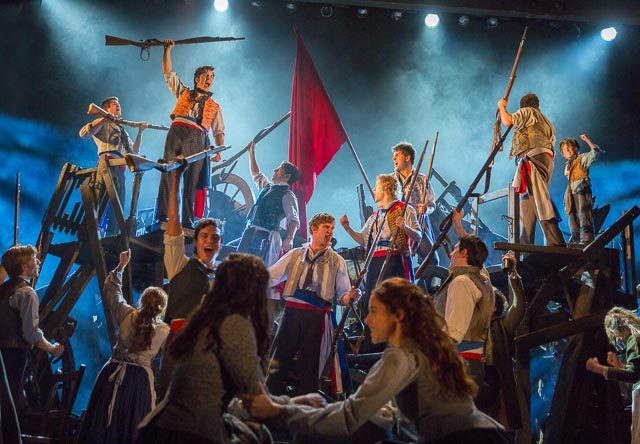
The musicale is best known for songs such as “I Dreamed a Dream,” “On My Own,” “Do You Hear the People Sing?” “Stars,” “Bring Him Home,” “One Day More,” “Empty Chairs at Empty Tables,” and “Master of the House,” as well as for its Academy Award-winning 2012 cinematic version starring Anne Hathaway and Australian Hugh Jackman.
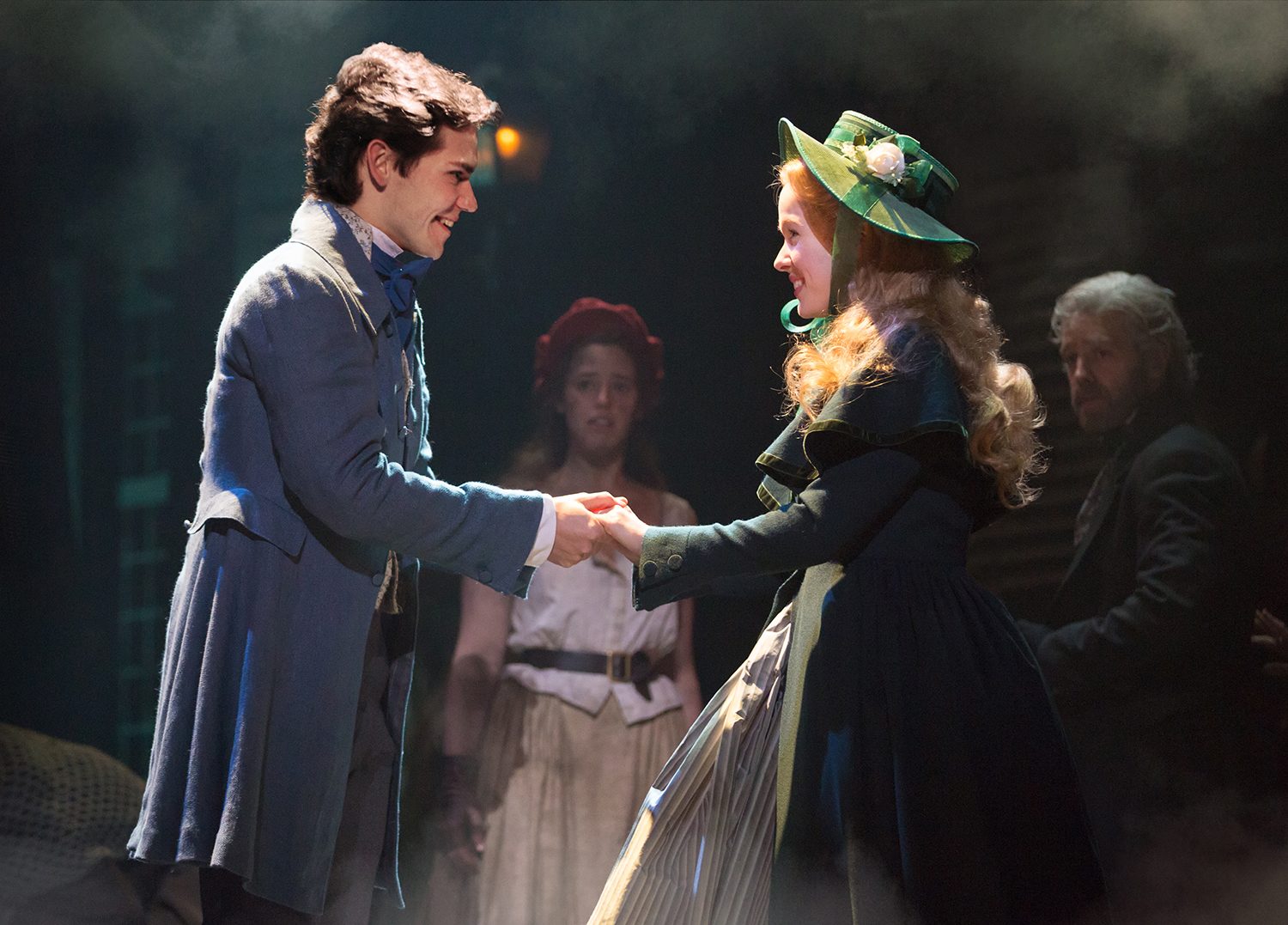
Theater, movie, and literary lovers will remember it for its heart-rending themes of redemption, unrequited love, exploitation, and revolution as immortalized by characters such as hardened ex-convict turned selfless patrician savior Jean Valjean, single mother and factory worker turned prostitute Fantine, child laborer turned adopted daughter Cosette, pampered child turned burglary gang member Eponine, and scholar turned revolutionary turned love-struck boy Marius.
Schönberg and Boublil’s musicale has garnered over 125 major theater awards including 8 Tony Awards and has been translated into 22 different languages and performed in over 350 cities, a roster that is soon to include Manila. Their songs are now how people remember and imagine Hugo’s masterpiece to be. (WATCH: ‘Les Miserables’ cast performs ‘One Day More,’ finale at rehearsal)
Joining the Australian cast for its performances in Manila will be no less than internationally acclaimed Filipino actor Rachelle Ann Go, currently reaping rave reviews for her performance in the iconic and demanding role of Fantine at the prestigious West End London production of Les Misérables. (READ: Sneak peek: Rachelle Ann Go sings as Fantine, see the amazing ‘Les Miserables’ cast)
Watch her performance here. Video was taken at a special media call last March.
Watch Rachelle Ann Go, in full costume, as the ill-fated Fantine singing ‘I Dreamed a Dream’ at Les Misérables Manila’s special media call at the Solaire Resort Theatre. Full story: http://rplr.co/1WmG3z5Concertus ManilaRachelle Ann Go sings ‘I Dreamed a Dream’ from ‘Les Miserables’
Filipinos in Singapore will have their own turn to watch the musicale when it runs at the Esplanade Theatre from May 29 to June 26.
New constellation
The stellar performance of the Australian cast lives up to the level of excellence expected of a musicale from Mackintosh and Schönberg, who discovered many pioneering Filipino thespians, from Lea Salonga who played Eponine and Fantine in the 1995 and 2010 anniversary concerts respectively, to Rachelle Ann Go, who currently plays Fantine in London and plays the same role in Manila.
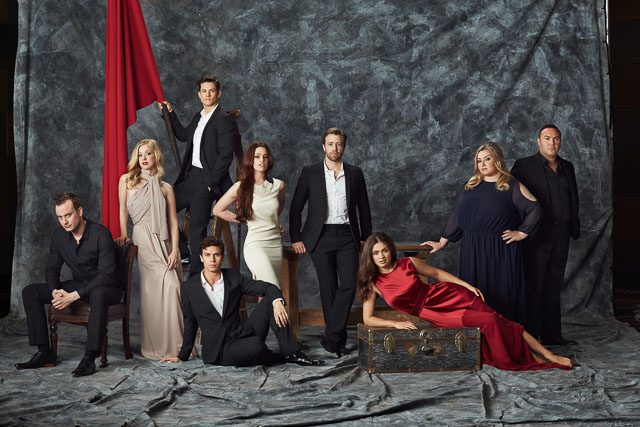
Here are the top reasons for watching:
1. Simon Gleeson as Jean Valjean successfully conveyed the complexity of his character – that of a changed man burdened by his past. He conveyed both his character’s enormous physical strength and a gentle spirit with his surprisingly vulnerable yet patrician tone.
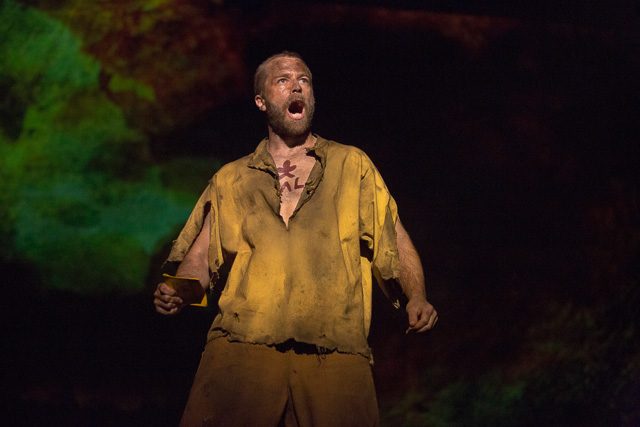
2. Cold and calculating Javert. It’s such a treat to see a complex and powerful character onstage – the relentless pursuer of Jean Valjean, the terrible and determined Inspector Javert.
In Australia, Hayden Tee as Inspector Javert thundered onstage with his powerful voice, every bit as brusque as Javert should be. He is truly convincing in the part he plays. The only time the actor hinted at anything else other than Javert’s spartan adherence to the unbending rule of law was when he flamboyantly sashayed to the front of the stage to take a bow at curtain call.
In Manila, Javert is played by the amazing Earl Carpenter, whose nuanced singing conveys more than just rage. His performance truly invited the audience to explore Javert’s philosophy and code of honor.
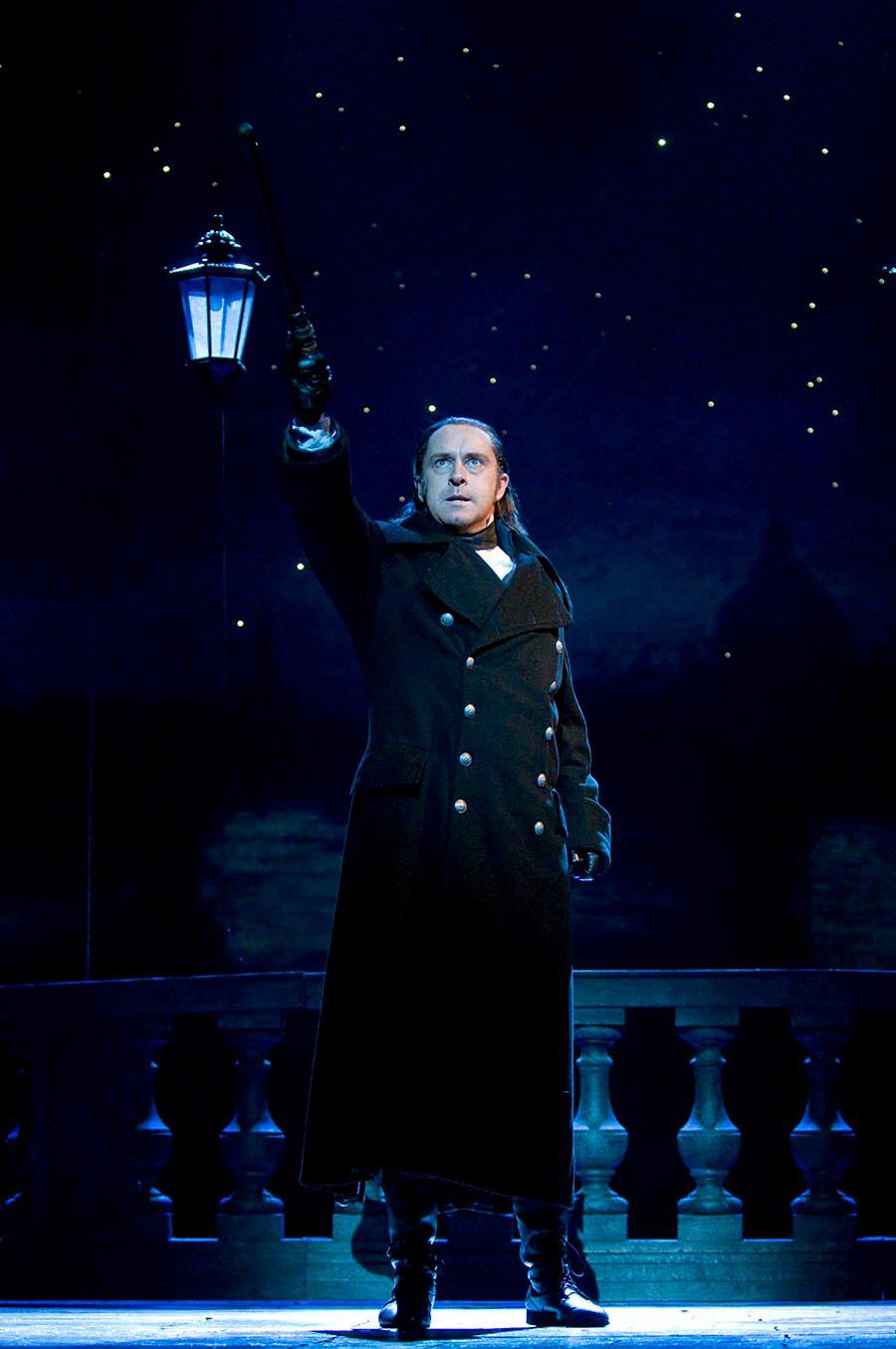
3. Kerrie Anne Greenland as Eponine broke hearts and harvested tears with her endearing portrayal of unrequited love. Her portrayal of Eponine seemed informed by her own experiences. It was honest and real.
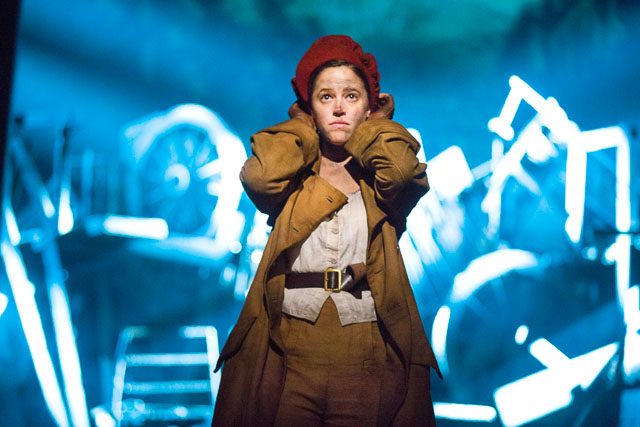
4. Chris Durling as student leader Enjolras exuded all the charisma and sheer animal magnetism to be expected of a young revolutionary firebrand. His character smolders with all the youthful zeal of one who is fated to be plucked in his prime. As an actor, his energy is engaging and infectious.
5. Fantine. In the Australian show, Patrice Tipoki as Fantine built a rapport with the audience, making her character’s demise tug all the more tautly at heart strings. Her absence onstage was as felt as much as her sublime presence.
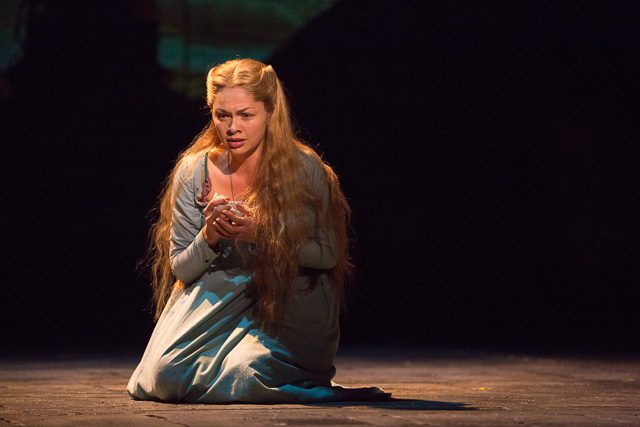
It was intriguing to see how differently Go portrays the same role while interacting with the same cast and crew.
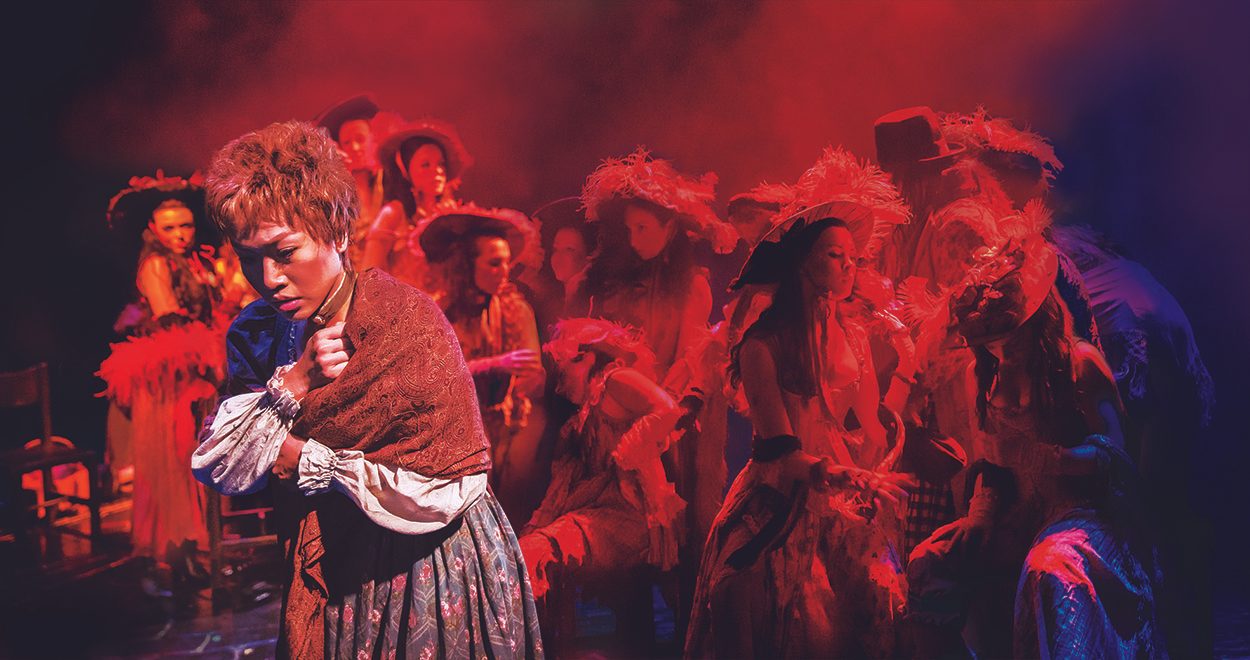
6. Trevor Ashley and Lara Mulcahy as the devious parents of Eponine, Monsieur and Madame Thénardier, working in absolute harmony, brought the necessary bawdy hilarity to counterpoint all the weighty songs of passion, tragedy, politics, and spirituality. Though their folksy Australian accent, indicative of their characters’ lowbrow status (in contrast to the clearly enunciated songs of upper-crust characters), was at times difficult for Filipino ears to decipher, their physical comedy nonetheless spoke loud and clear, provoking riotous laughter.
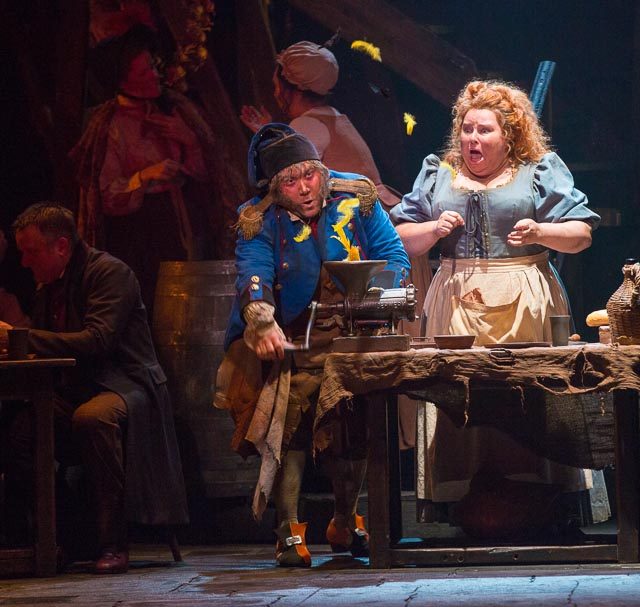
7. The video screen projection during sewer scene created a fantastic illusion of depth and movement, as if Jean Valjean, carrying an unconscious Marius on his shoulder, was traversing the labyrinth of tunnels underneath Paris while actually staying within the same spot on stage.
8. Hugo’s sketches, transformed into video screen backdrops, are masterpieces that lend themselves well to the set.
Being a sung-through musicale where all dialogue, story telling and acting is through singing, Les Misérables demands that actors not only perform flawlessly show after show, they must also sing both emphatically and clearly every time.
Durling confided how he keeps a fresh approach every performance, revealing, “My role is really dictated by the different energies that people like to throw at it. Different actors will support me or protest what I’m saying and so on, so much of that is thrown in my way and that allows me to sort of go on a different journey every night. I might be slightly more aggressive or slightly more affected by Eponine’s death or the fact that no one has come to fight with us and you know you do just go on and you just feel different.
“This music brings out so many different emotions and different ones sort of come forward on different nights and then there’s the audience. You know your audience gives off different energies and I love the discipline of doing the show 8 times a week. It’s relentless and it’s hard.”
Fine-tuned for the world
This 21st century production isn’t my father’s Les Misérables. Since it first premiered on the London stage in 1985, Les Misérables has since been re-imagined for a global audience in the 21st century. Some of the changes make it travel better by making it more adaptable to the various performance spaces found worldwide, while other innovations make the musicale more in tune with both Hugo’s vision and Schönberg’s music.
Instead of the revolving dais used in the first production 30 years ago, the set is now a semi-automated marvel that runs like clockwork, with discreet rails for various props that can adapt to the different theater heights and dimensions.
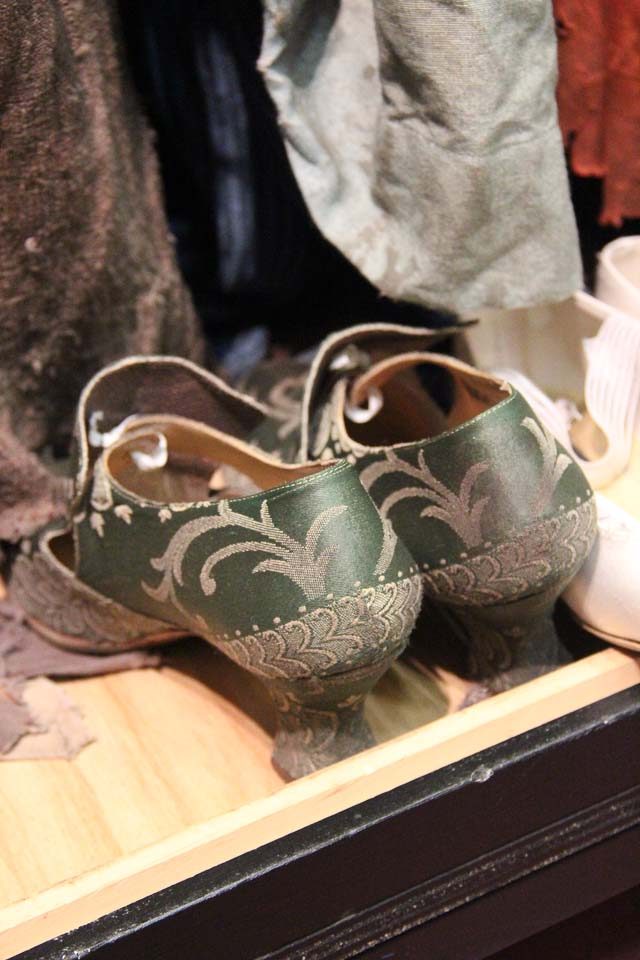
More importantly, the set now incorporates a video screen projection that features Hugo’s own sketches of scenes he imagined for his novel. More than just a tribute to Hugo’s vision, the sketches are by themselves works worthy of both art gallery and theater stage.
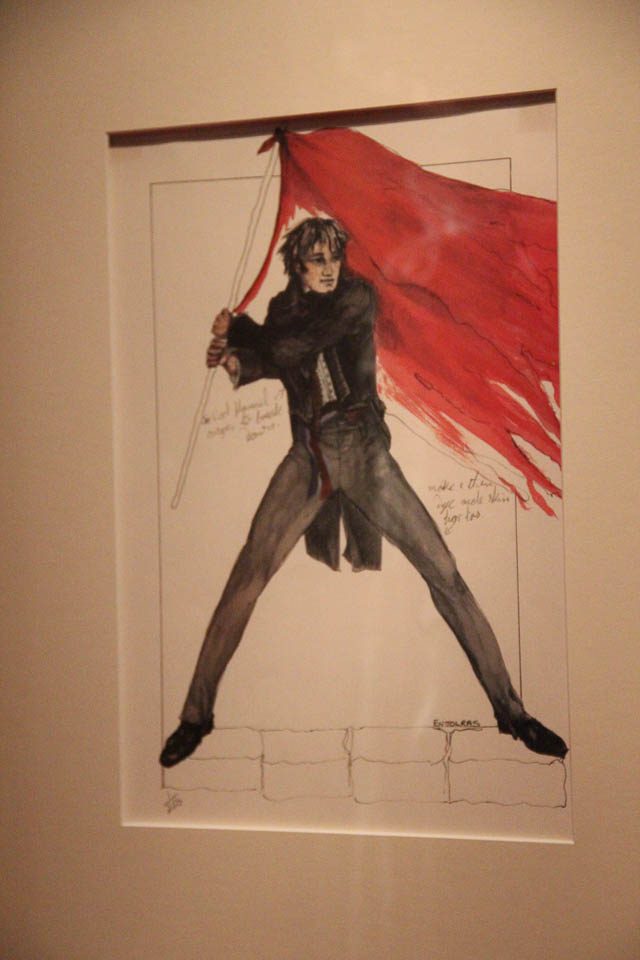
The video screen projection also features cleverly made animated sequences that give the illusion of depth and movement that are integral to the storytelling, most especially in the sewer scene.
Michael Cassel, executive producer, explains, “What Cameron Mackintosh has done with this production is he encouraged his creative team—Laurence Connor, James Powell, Matt Kinley, the set designer—to reimagine Les Misérables for a new audience.”
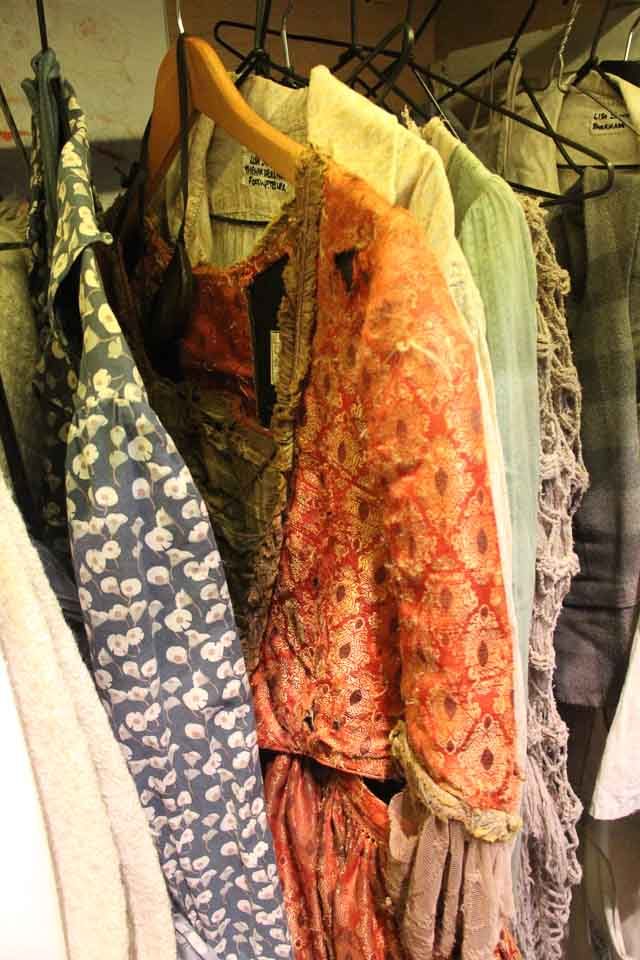
In 2006, the original score for the musicale, intended for 22 musicians, was entirely re-orchestrated for a more intimate 14-member ensemble. Cassel adds, “What Mick Potter, the sound designer of Les Misérables, has done with this production is phenomenal. We have over 150 speakers that are installed throughout the theater, so you really have that cinematic surround sound experience.”
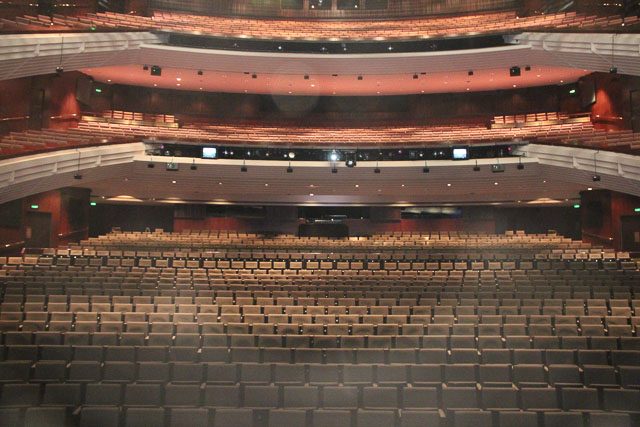
The changes haven’t been confined to set and sound design. Whereas the first scene originally had Valjean and his fellow prisoners at the chain gang quarrying rocks with hammers and picks while singing the “Work Song,” today’s Les Misérables has Valjean and his fellow convicts rowing inside a galleon ship.
The tempo of the songs makes perfect scenes for rowing. James Powell, director since Les Misérables’ 2014 Broadway revival, recalls, “I got an email from Claude-Michel Schönberg, who said, ‘When I first worked the music for the sequence of the show, I imagined that they were rowing a boat.’” This reimagining of the first scene was incorporated in the 2012 cinematic adaptation as well.
Powell further reveals there are changes to costume design to better reflect character personalities. He explains, “If you remember the original, Cosette’s in a black dress, black hair, with a little frilly white collar. And we wanted to make her a more vital character. She’s a spirited teenager who wants answers to unanswered issues. So she’s a radiant character, with long flowing blonde hair and a green silk dress. Paule Constable, the lighting designer along with Matt Kinley, the designer of the show, they are a great marriage, and it has wonderful tones and color to it.”
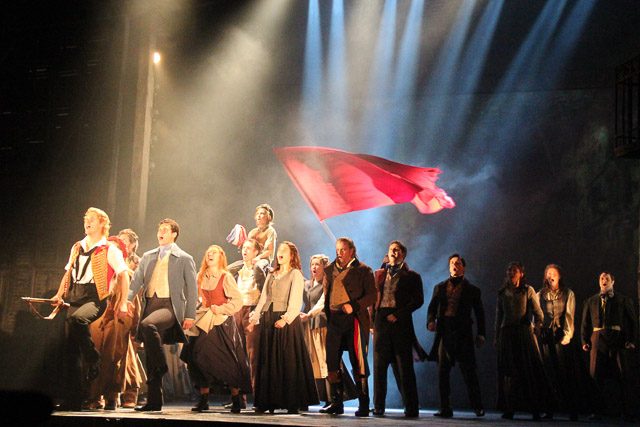
But for all the innovations and refinements throughout the decades, what is essential remains unchanged. Michael Cassel, executive producer, notes, “What Cameron Mackintosh has done so well in his productions over the world is that nothing creatively is compromised. Those productions have been overseen by Cameron Mackintosh and these two directors, James Powell and Laurence Connor, and the entire creative team. The same production that you see here in Brisbane, which you will then see in Manila [in 2016].” – Rappler.com
Writer, graphic designer, and business owner Rome Jorge is passionate about the arts. Formerly the Editor-in-Chief of asianTraveler Magazine, Lifestyle Editor of The Manila Times, and cover story writer for MEGA and Lifestyle Asia Magazines, RomeJorge has also covered terror attacks, military mutinies, and mass demonstrations, as well as reproductive health, gender equality, climate change, HIV/AIDS and other important issues. He is also the proprietor of Strawberry Jams Music Studio.
Add a comment
How does this make you feel?
There are no comments yet. Add your comment to start the conversation.